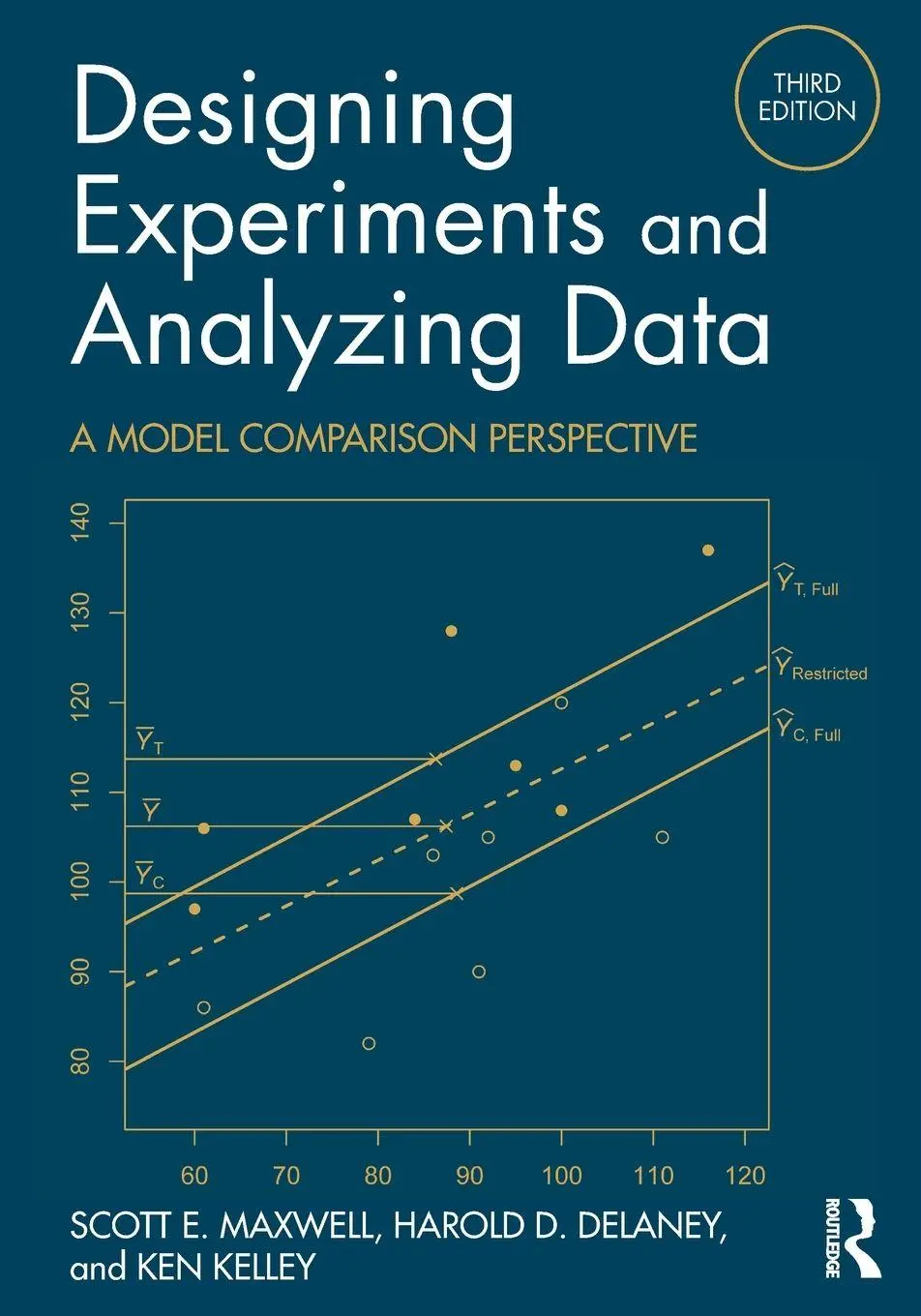107,95 €
Versandkostenfrei per Post / DHL
Lieferzeit 1-2 Wochen
Foreword, Noel A. Card
1. Overview and Foundations of Structural Equation Modeling
- An Overview of the Conceptual Foundations of SEM
- Sources of Variance in Measurement
- Characteristics of Indicators and Constructs
- A Simple Taxonomy of Indicators and Their Roles
- Rescaling Variables
- Parceling
- What Changes and How?
- Some Advice for SEM Programming
- Philosophical Issues and How I Approach Research
- Summary
- Key Terms and Concepts Introduced in This Chapter
- Recommended Readings
2. Design Issues in Longitudinal Studies
- Timing of Measurements and Conceptualizing Time
- Modeling Developmental Processes in Context
- Summary
- Key Terms and Concepts Introduced in This Chapter
- Recommended Readings
3. Modern Approaches to Missing Data in Longitudinal Studies
- Planning for Missing Data
- Planned Missing Data Designs in Longitudinal Research
- Summary
- Key Terms and Concepts Introduced in This Chapter
- Recommended Readings
4. The Measurement Model
- Drawing and Labeling Conventions
- Defining the Parameters of a Construct
- Scale Setting
- Identification
- Adding Means to the Model: Scale Setting and Identification with Means
- Adding a Longitudinal Component to the CFA Model
- Adding Phantom/Rescaling Constructs to the CFA Model
- Summary
- Key Terms and Concepts Introduced in This Chapter
- Recommended Readings
5. Model Fit, Sample Size, and Power
- Model Fit and Types of Fit Indices
- Sample Size
- Power
- Summary
- Key Terms and Concepts Introduced in This Chapter
- Recommended Readings
6. The Longitudinal CFA Model
- Factorial Invariance
- A Small (Nearly Perfect) Data Example
- A Larger Example Followed by Tests of the Latent Construct Relations
- An Application of a Longitudinal SEM to a Repeated¿Measures Experiment
- Summary
- Key Terms and Concepts Introduced in This Chapter
- Recommended Readings
7. Specifying and Interpreting a Longitudinal Panel Model
- Basics of a Panel Model
- The Basic Simplex Change Process
- Building a Panel Model
- Illustrative Examples of Panel Models
- Summary
- Key Terms and Concepts Introduced in This Chapter
- Recommended Readings
8. Multiple-Group Longitudinal Models
- A Multiple-Group SEM
- A Multiple-Group Longitudinal Model for Conducting an Intervention Evaluation
- A Dynamic P-Technique Multiple¿Group Longitudinal Model
- Summary
- Key Terms and Concepts Introduced in This Chapter
- Recommended Readings
9. The Random Intercept Cross-Lagged Panel Model, Danny Osborne and Todd D. Little
- Problems with Traditional Cross-Lagged Panel Models
- The Random Intercept Cross¿Lagged Panel Model
- Illustrative Examples of the RI¿CLPM
- Extensions to the RI¿CLPM
- Final Considerations
- Summary
- Key Terms and Concepts Introduced in This Chapter
- Recommended Readings
10. Mediation and Moderation
- Making the Distinction between Mediators and Moderators
- Moderation
- Summary
- Key Terms and Concepts Introduced in This Chapter
- Recommended Readings
11. Multilevel Growth Curves and Multilevel SEM
- Longitudinal Growth Curve Model
- Multivariate Growth Curve Models
- Multilevel Longitudinal Model
- Summary
- Key Terms and Concepts Introduced in This Chapter
- Recommended Readings
12. Longitudinal Mixture Modeling: Finding Unknown Groups, E. Whitney G. Moore and Todd D. Little
- General Background
- Analysis Types
- Finite Mixture Modeling Overview
- Latent Class Analysis
- Latent Profile Analysis
- Latent Transition Analysis
- Other LTA Modeling Approaches
- Developments and Extensions into the Future of Finite Mixture Modeling
- Summary
- Key Terms and Concepts Introduced in This Chapter
- Recommended Readings
13. Bayesian Longitudinal Structural Equation Modeling, Mauricio Garnier-Villarreal and Todd D. Little
- The Bayesian Perspective
- Bayesian Inference
- Advantages of a Bayesian Framework
- MCMC Estimation
- Bayesian Structural Equation Modeling
- Information Criteria
- Bayes Factor
- Applied Example
- Summary
- Key Terms and Concepts Introduced in This Chapter
- Recommended Readings
14. Jambalaya: Complex Construct Representations and Decompositions
- Multitrait-Multimethod Models
- PseudöMTMM Models
- Bifactor and Higher¿Order Factor Models
- Contrasting Different Variance Decompositions
- Digestif
- Key Terms and Concepts Introduced in This Chapter
- Recommended Readings
References
Author Index
Subject Index
About the Author
| Erscheinungsjahr: | 2024 |
|---|---|
| Fachbereich: | Allgemeines |
| Genre: | Importe, Politikwissenschaft & Soziologie |
| Rubrik: | Wissenschaften |
| Medium: | Buch |
| Inhalt: | Einband - fest (Hardcover) |
| ISBN-13: | 9781462553143 |
| ISBN-10: | 1462553141 |
| Sprache: | Englisch |
| Einband: | Gebunden |
| Autor: | Little, Todd D |
| Auflage: | 2nd edition |
| Hersteller: | Guilford Publications |
| Verantwortliche Person für die EU: | Libri GmbH, Europaallee 1, D-36244 Bad Hersfeld, gpsr@libri.de |
| Maße: | 261 x 186 x 37 mm |
| Von/Mit: | Todd D Little |
| Erscheinungsdatum: | 02.01.2024 |
| Gewicht: | 1,434 kg |












